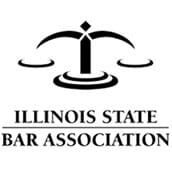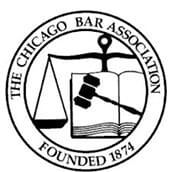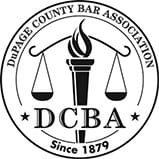Police officers are always on the lookout for drunk drivers. They must have probable cause to pull someone over and conduct tests to determine impairment. So how do cops detect drunk drivers?
According to a study by the National Highway Traffic Safety Administration, there are more than one hundred red flags of drunk driving. Here are some cues that may cause police officers to suspect intoxication.
1. Speed and braking issues
Motorists who are drunk tend to have problems with distance and speed. Drunk drivers often do not know how to stop or accelerate properly. Some signs that may indicate drunk driving include stopping far beyond or before an intersection, stopping at a strange angle, failing to maintain a consistent speed and driving significantly faster or slower than the speed limit.
2. Difficulty staying in a lane
Impairment may make it hard for a driver to maintain his or her lane position. A drunk driver may weave in and out of lanes, which may result in hitting objects or other vehicles. Other lane difficulties may include making extremely wide turns, making abrupt turns or straddling the center line.
3. Judgment impairment
The safe operation of a motor vehicle requires sound judgment. Alcohol may impact the ability of drivers to make the right decisions. Drivers who are under the influence of alcohol may be prone to making illegal turns, tailgating or driving off-road.
4. Problems with awareness and vigilance
Driving requires people to be alert and pay attention. Drunk motorists may have difficulties noticing vehicles, traffic signs or traffic signals. This may result in drivers having slow responses to traffic signals, using the improper turn signals, driving the wrong direction or failing to turn the headlights on while driving in the dark.
These are just a few examples of the many signs of impaired driving.





